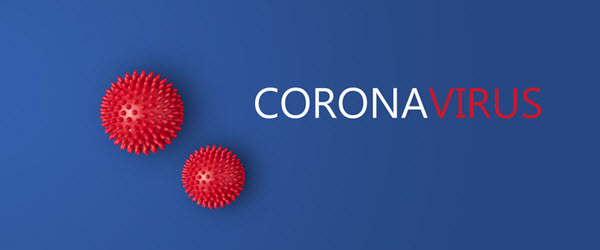This blog post is not for the faint of heart. The topic: what is lurking in your washing machine? Read on, only if you want to know.
A study from the University of Arizona in 1999 found 25 percent of home washing machines were contaminated with fecal bacteria. Yes, you read that right: fecal bacteria in your washing machine. (Let’s not even think about the poor folks using a Laundromat).
Dr. Charles Gerba, the author of the laundry study, sampled 100, four-person households in Tucson, Ariz., and Tampa, Fla. The test consisted of washing sterile washcloths in the machines and taking samples from under the rims. That’s how he found fecal matter hanging out in one quarter of the washing machines in the study.
Each pair of worn underwear waiting for its turn in the wash “contains about one-tenth of a gram of bacteria-carrying feces, which equals about one quarter of a peanut,” according to Dr. Gerba. (Yuck.) Now for the good news: While 25 percent of the washing machines were contaminated with fecal matter, the E. Coli strains themselves weren’t harmful. And, now for the bad news: They indicate the possibility of the presence of other disease-causing organisms.
“Detergent and water remove 99 percent of the organisms, but when you start out with 100 million of them, you’ve still got a million left,” Dr. Gerba points out.
Well, our undies still need washing, so what should we do?
- Wash undergarments with one cup of bleach added to the wash water, or before or after washing clothes, run one wash cycle with only bleach and water to disinfect your washing machine, and wash your underwear in the last load.
- Wash clothes at a temperature of at least 140 degrees.
- Use protective gloves when transferring wet clothes from the washer to the dryer, or wash your hands immediately afterward.
- Use a detergent that contains a sanitizer.
The laundry detergent industry knows consumers want to wash clothes in cold water to save energy and money, and they also want bacteria-free clothes. Several new “sanitizing detergents,” which contain bleach but are effective in cold water, are now on the market. While tests show regular detergent will kill most of the three bacteria strains (including E. Coli), the sanitizing detergents will kill all three bacteria strains, even in cold water.
There’s not proof bacteria on clothing can spread illness, but it certainly wouldn’t hurt to use a sanitizing detergent, particularly when washing loads of underwear or if someone in the household has been sick.
Information adapted from an article on The Housekeeping Channel written by Castle Keepers co-owner Janice Stewart.





